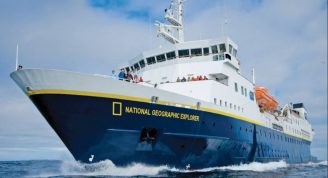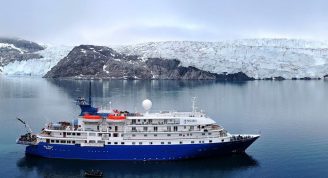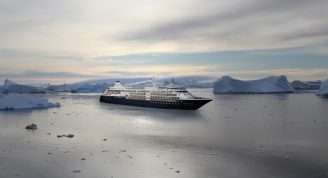Description
Explore Antarctica during its summer, touring icebergs and visiting penguin colonies ashore. You’ll also go to the Falkland Islands, visit its capital Stanley and see penguins and seals.
The fabled frozen continent
Start off in the romance-infused city of Buenos Aires before heading to Ushuaia where your hybrid-powered ship is docked. We sail the Drake Passage and arrive at the white wilderness of Antarctica where you’ll spend five wonderful days. Exactly where we go and when, is down to the sea ice and weather conditions on the day, but we’ll always bring you to the best spots available at the time.
Just as the icescapes change with the seasons, so do the wildlife. During November, you’ll see thousands of penguins courting and building nests. Whales are rarely seen until December and January which is also when penguin eggs hatch. By February and March, penguin chicks start growing up, and these are the peak months for whale-watching. Whenever you visit, you can join the Expedition Team in fascinating lectures, landings and ice-cruises.
The many charms of the Falklands
The rolling green hills and white-sand beaches of the Falkland Islands will be a welcome sight, as will the friendly pubs in the capital of Stanley. We spend time touring the picturesque archipelago and might go ashore to a variety of penguin and seal colonies dotted around.













